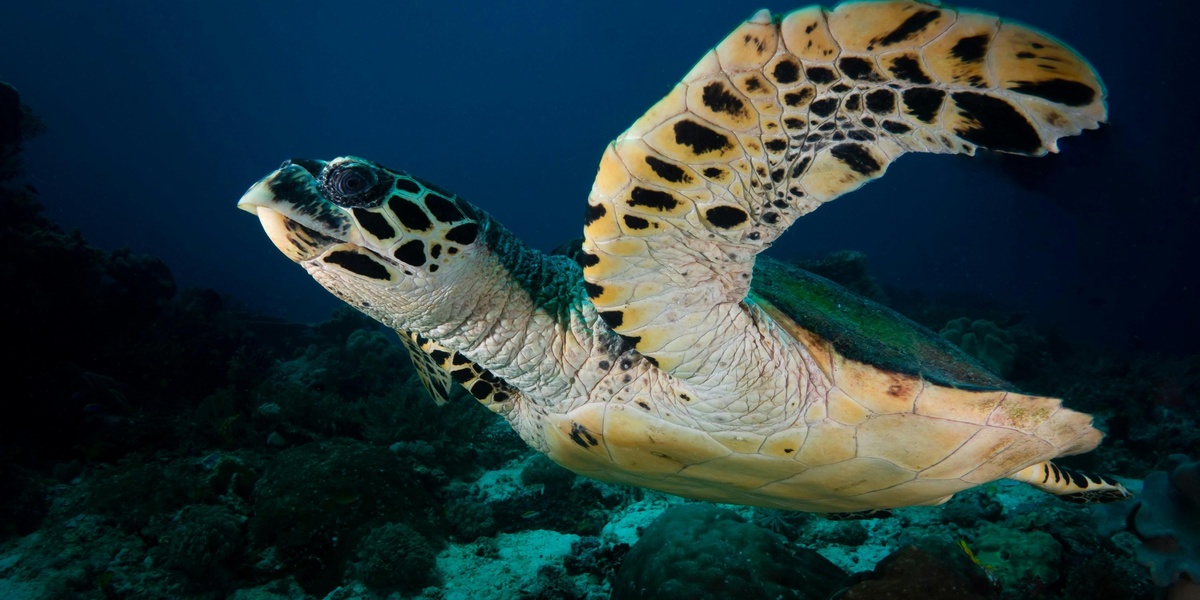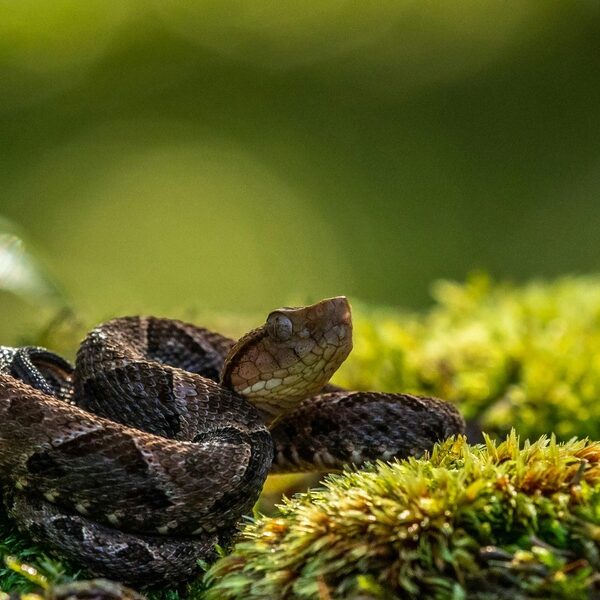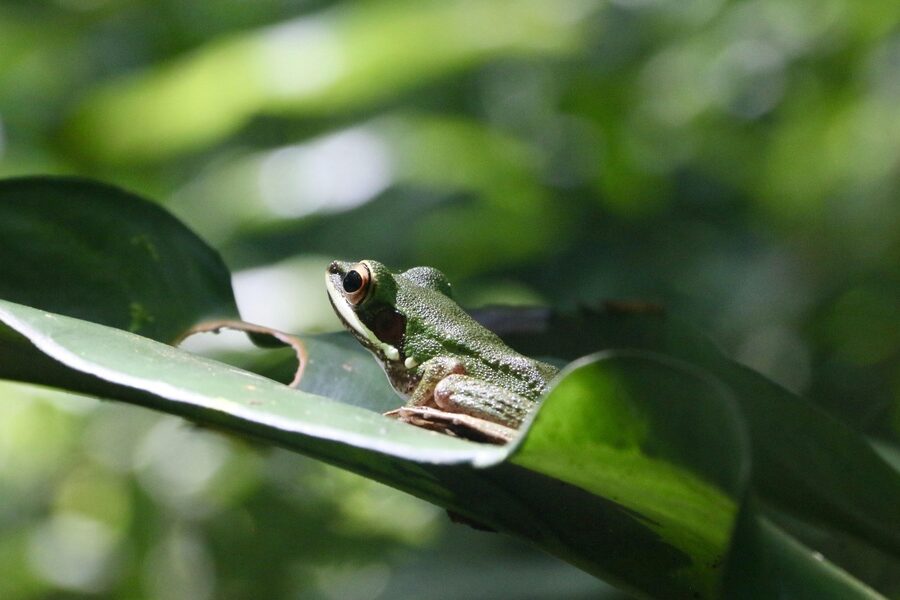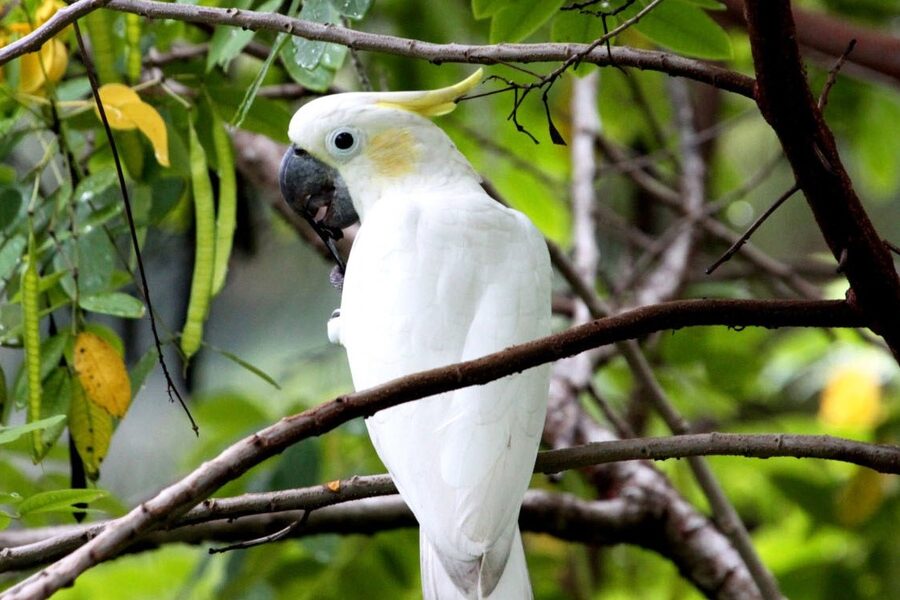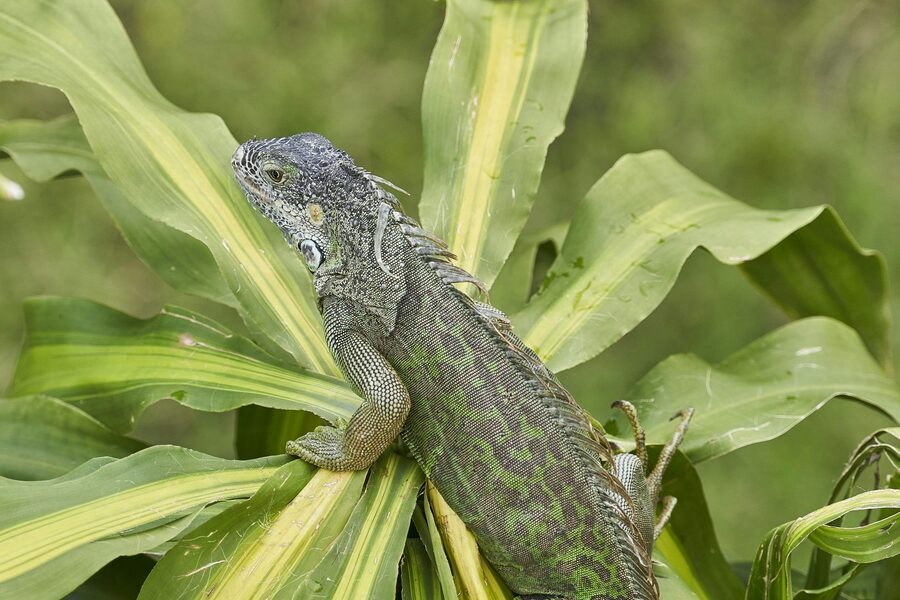Micronesia’s islands and surrounding seas support a remarkable mix of coral reefs, atolls and open-ocean habitats that many species depend on. Those ecosystems are increasingly strained by coastal development, invasive species and rising ocean temperatures, putting local wildlife under pressure.
There are 36 Endangered Species in Micronesia, ranging from the Blue Whale to the Whale Shark. For each entry the table lists Scientific name,IUCN status,Range (Micronesia); you’ll find below.
How are species assessed as endangered in Micronesia?
Assessments usually follow IUCN Red List criteria combined with regional surveys and local observations: population trends, range size, and specific threats (habitat loss, bycatch, invasive predators) determine status. Listing helps prioritize monitoring and conservation actions.
What practical steps can visitors take to help protect these species?
Visitors can reduce impact by choosing responsible tour operators, avoiding wildlife disturbance, not buying wildlife products, reducing plastic and supporting local conservation programs or citizen-science sightings—small actions that reduce pressure on vulnerable populations.
Endangered Species in Micronesia
| Name | Scientific name | IUCN status | Range (Micronesia) |
|---|---|---|---|
| Dugong | Dugong dugon | VU (2015) | Palau |
| Mariana Fruit Bat | Pteropus mariannus | EN (2020) | CNMI |
| Palau Flying Fox | Pteropus pelewensis | EN (2020) | Palau |
| Chuuk Flying Fox | Pteropus insularis | CR (2020) | Chuuk (FSM) |
| Kosrae Flying Fox | Pteropus ualanus | EN (2019) | Kosrae (FSM) |
| Pohnpei Flying Fox | Pteropus molossinus | VU (2019) | Pohnpei (FSM) |
| Sei Whale | Balaenoptera borealis | EN (2018) | Oceanic Micronesia |
| Blue Whale | Balaenoptera musculus | EN (2018) | Oceanic Micronesia |
| Fin Whale | Balaenoptera physalus | VU (2018) | Oceanic Micronesia |
| Sperm Whale | Physeter macrocephalus | VU (2008) | Oceanic Micronesia |
| Micronesian Megapode | Megapodius laperouse | EN (2020) | Palau, CNMI |
| Rota White-eye | Zosterops rotensis | CR (2016) | Rota (CNMI) |
| Golden White-eye | Cleptornis marchei | CR (2022) | Saipan, Aguiguan (CNMI) |
| Tinian Monarch | Monarcha takatsukasae | VU (2016) | Tinian (CNMI) |
| Chuuk Monarch | Metabolus rugensis | EN (2020) | Chuuk (FSM) |
| Mariana Fruit Dove | Ptilinopus roseicapilla | EN (2020) | CNMI |
| Palau Ground Dove | Pampusana canifrons | EN (2016) | Palau |
| Nightingale Reed-warbler | Acrocephalus luscinius | CR (2017) | Saipan, Alamagan (CNMI) |
| Bristle-thighed Curlew | Numenius tahitiensis | VU (2020) | Marshall Is., Kiribati, FSM |
| Phoenix Petrel | Pterodroma alba | EN (2018) | Kiribati |
| Hawksbill Sea Turtle | Eretmochelys imbricata | CR (2008) | Throughout Micronesia |
| Green Sea Turtle | Chelonia mydas | EN (2004) | Throughout Micronesia |
| Leatherback Sea Turtle | Dermochelys coriacea | VU (2013) | Oceanic Micronesia |
| Humphead Wrasse | Cheilinus undulatus | EN (2004) | Throughout Micronesia |
| Scalloped Hammerhead | Sphyrna lewini | CR (2019) | Throughout Micronesia |
| Oceanic Whitetip Shark | Carcharhinus longimanus | CR (2019) | Oceanic Micronesia |
| Whale Shark | Rhincodon typus | EN (2016) | Oceanic Micronesia |
| Giant Manta Ray | Mobula birostris | EN (2020) | Palau, Yap (FSM), Marshall Is. |
| Bumphead Parrotfish | Bolbometopon muricatum | VU (2012) | Throughout Micronesia |
| Giant Grouper | Epinephelus lanceolatus | VU (2007) | Throughout Micronesia |
| Elkhorn Coral | Acropora palmata | CR (2014) | FSM, Marshall Is., Kiribati |
| Staghorn Coral | Acropora cervicornis | CR (2014) | FSM, Marshall Is., Kiribati |
| Fire Tree | Serianthes nelsonii | CR (2020) | Rota (CNMI) |
| Micronesian Cycad | Cycas micronesica | EN (2006) | Palau, Yap (FSM), CNMI |
| Ponapea Palm | Ponapea ledermanniana | CR (2014) | Pohnpei (FSM) |
| Pohnpei Mountain Palm | Clinostigma ponapense | VU (2020) | Pohnpei (FSM) |
Images and Descriptions
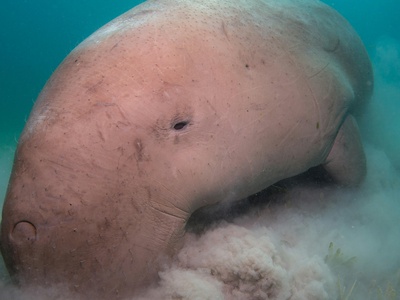
Dugong
This gentle marine herbivore, or “sea cow,” is threatened by boat strikes, entanglement in fishing nets, and the degradation of its seagrass feeding grounds. The small, isolated population in Palau is particularly vulnerable to local pressures.
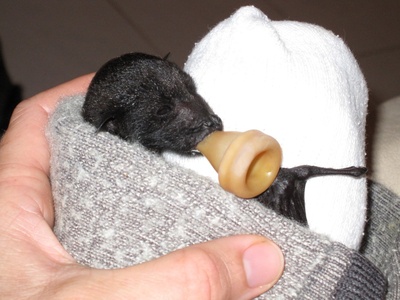
Mariana Fruit Bat
This large bat is a vital pollinator and seed disperser in the Mariana Islands. Its declining population faces threats from habitat loss due to development and typhoons, illegal hunting, and the potential invasion of the brown tree snake.
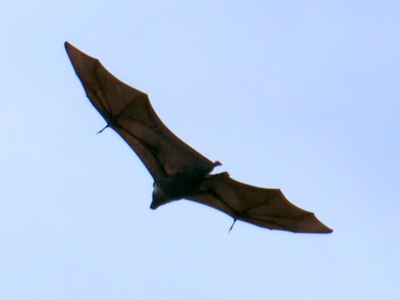
Palau Flying Fox
Endemic to Palau, this fruit bat is a keystone species for forest regeneration. Its numbers are decreasing due to habitat destruction, illegal hunting for food, and increasingly powerful typhoons that can devastate both populations and food sources.
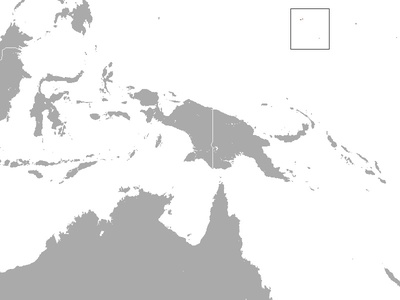
Chuuk Flying Fox
One of the most threatened bats in Micronesia, this species is endemic to the islands of Chuuk. It faces an extremely high risk of extinction due to habitat destruction from agriculture and intense hunting pressure for local consumption.
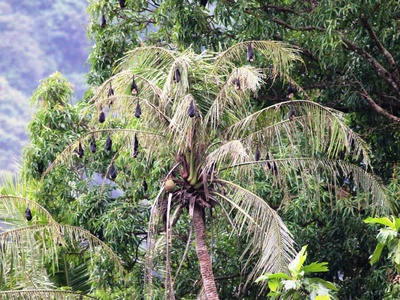
Kosrae Flying Fox
Found only on the island of Kosrae, this large bat is crucial for pollinating native plants. Its small, isolated population is declining and highly vulnerable to habitat loss from deforestation and severe damage from increasingly frequent typhoons.
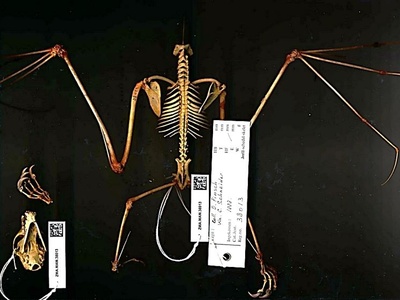
Pohnpei Flying Fox
Endemic to Pohnpei, this fruit bat is threatened by habitat degradation from farming and development. Although still somewhat common, its population is decreasing due to hunting and the impacts of severe storms on its forest home.
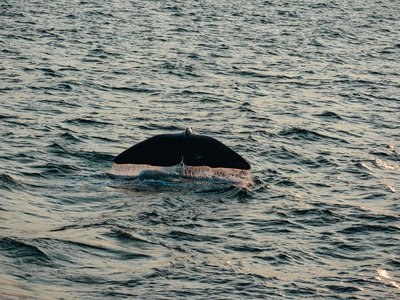
Sei Whale
One of the fastest swimming whales, the Sei Whale roams the open oceans of Micronesia. Its population is recovering slowly from severe depletion by 20th-century commercial whaling. Today, threats include ship strikes and ocean noise pollution.
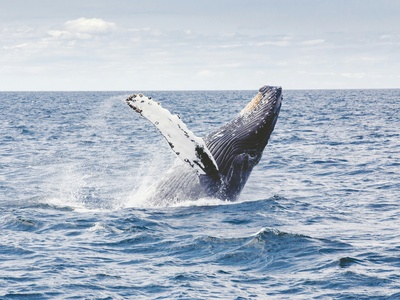
Blue Whale
The largest animal on Earth, the Blue Whale migrates through Micronesian waters. Decimated by historical whaling, its population remains very small. Current threats include lethal ship strikes, entanglement in fishing gear, and disruption from ocean noise.
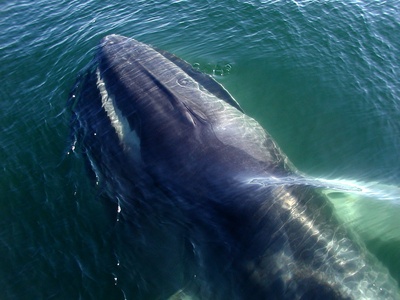
Fin Whale
The second-largest whale species is found in deep offshore waters across the region. While populations are recovering from commercial whaling, they remain vulnerable to collisions with large ships and noise pollution that interferes with communication and navigation.
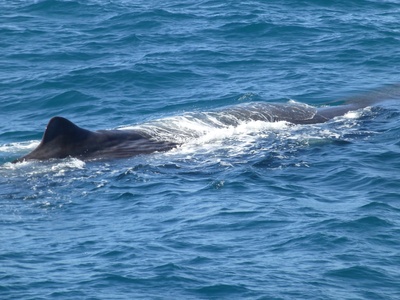
Sperm Whale
These iconic deep-diving whales are found throughout Micronesia’s oceanic territories. Though recovering from whaling, they face modern threats from entanglement in fishing gear, especially deep-set lines, ship strikes, and ingestion of marine plastics.
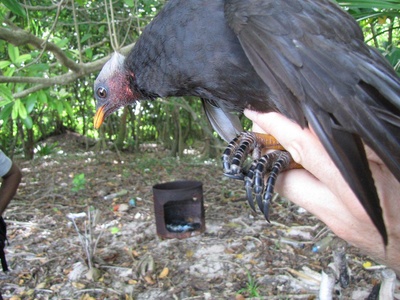
Micronesian Megapode
This unique ground-dwelling bird uses geothermal heat or decaying vegetation to incubate its eggs. Its population is in decline due to heavy predation on its eggs and chicks by introduced species like rats, monitor lizards, and feral cats.
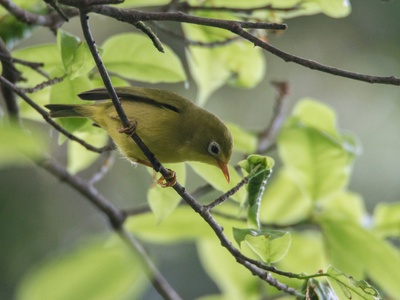
Rota White-eye
With a population of only around 1,000 birds, this tiny songbird is confined to a small area of forest on Rota. It is critically endangered due to past habitat loss and remains highly vulnerable to invasive predators and disease.
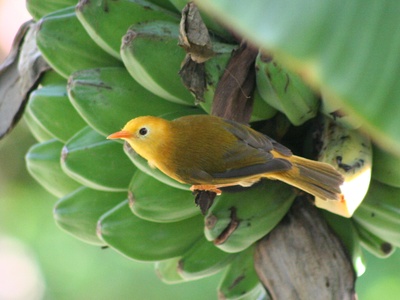
Golden White-eye
This brilliantly colored bird faces an extremely high risk of extinction. Its primary threat is the potential arrival of the predatory brown tree snake from nearby Guam, which would likely decimate its small, isolated populations on Saipan and Aguiguan.
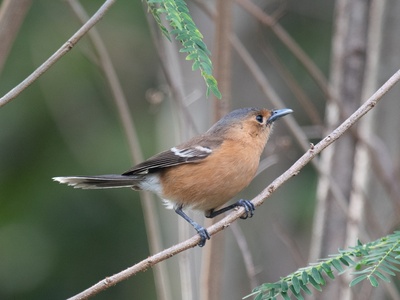
Tinian Monarch
This small flycatcher is found only on the island of Tinian. While its population is currently stable, it is considered vulnerable because its entire existence is restricted to one small island, making it susceptible to typhoons and invasive species.
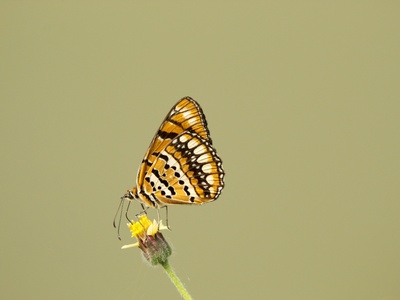
Chuuk Monarch
Endemic to the Chuuk Lagoon, this striking flycatcher is severely threatened by ongoing habitat loss from agricultural expansion and logging. Its small, fragmented population is also at risk from invasive species like rats that prey upon its nests.
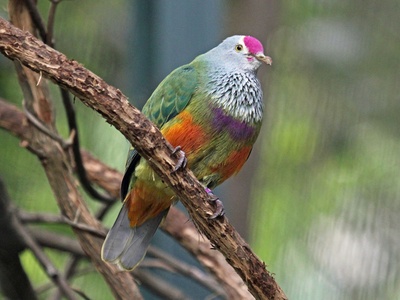
Mariana Fruit Dove
This colorful dove has been wiped out on Guam by the brown tree snake. The remaining populations in the Northern Mariana Islands are endangered by the same potential threat, in addition to habitat loss and illegal hunting.
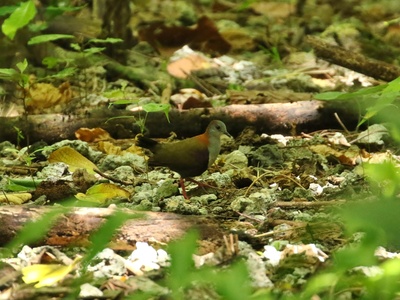
Palau Ground Dove
This secretive, ground-dwelling bird is found only in the limestone forests of Palau’s Rock Islands. Its population is rapidly declining, primarily due to predation by invasive species, particularly non-native rats and feral cats that hunt both adults and chicks.
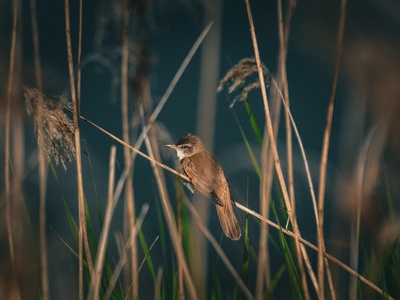
Nightingale Reed-warbler
This secretive songbird lives in wetlands and dense forests. Several subspecies are already extinct, and the remaining populations are critically endangered due to severe habitat loss, wetland drainage, and predation by invasive species like monitor lizards and cats.
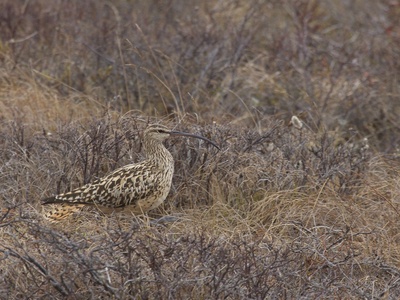
Bristle-thighed Curlew
This long-distance migrant breeds in Alaska and winters on Pacific islands. Its population is declining due to predation by invasive species on its non-breeding grounds and habitat degradation across its entire migratory route, making international cooperation key.
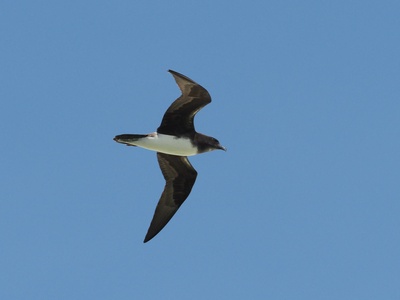
Phoenix Petrel
This seabird breeds on only a few islands in Kiribati’s Phoenix and Line groups. Its ground-nesting colonies are highly threatened by invasive predators like feral cats and rats, which prey on eggs and chicks, causing extremely low reproductive success.
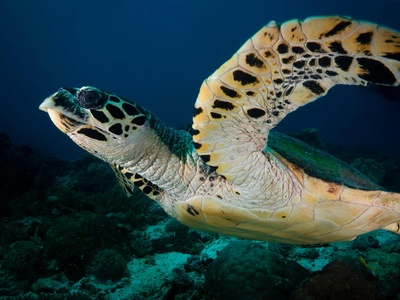
Hawksbill Sea Turtle
This turtle is critically endangered due to the historical tortoiseshell trade. Today, it still faces threats from poaching for its shell and meat, loss of nesting beaches to development, bycatch in fisheries, and marine pollution.
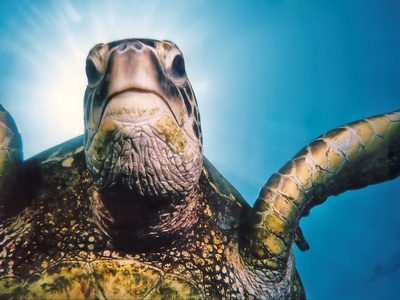
Green Sea Turtle
A common sight on Micronesian reefs, the Green Sea Turtle is endangered globally. Key threats include illegal harvesting of eggs and adults, degradation of nesting beaches and seagrass beds, plastic ingestion, and accidental capture in fishing gear.
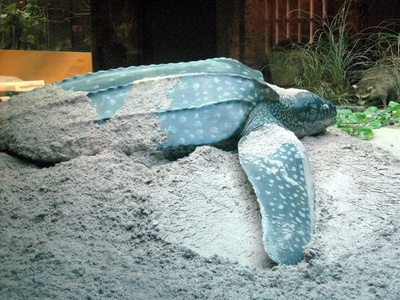
Leatherback Sea Turtle
The world’s largest turtle forages in Micronesian waters, but the Pacific population is critically endangered. The main threats are entanglement in longline fishing gear and ingestion of plastic pollution, which they tragically mistake for their jellyfish prey.
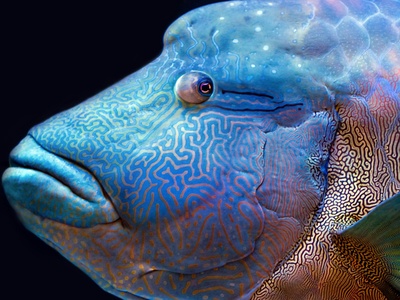
Humphead Wrasse
This massive reef fish is a prized target in the destructive live reef fish trade, causing severe population declines. It is slow-growing and long-lived, making it extremely vulnerable to overfishing, especially at its predictable spawning sites.
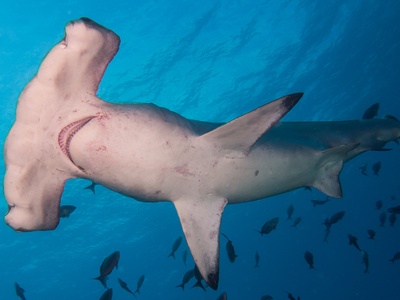
Scalloped Hammerhead
This iconic shark is critically endangered due to intense, targeted fishing pressure for the global shark fin trade. Its habit of forming large schools makes it easy to catch in huge numbers, and populations have plummeted region-wide.
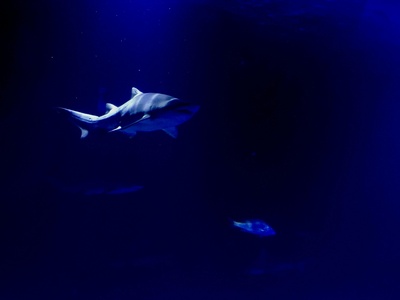
Oceanic Whitetip Shark
Once abundant in the open ocean, its population has crashed by over 98% due to being caught as bycatch in tuna and swordfish fisheries. Its large, distinctive fins are highly valued, making it a primary target when caught.
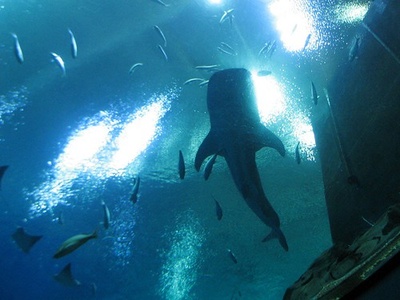
Whale Shark
The world’s largest fish is a filter-feeder that migrates through Micronesian waters. It is endangered due to accidental capture in large-scale fishing operations (bycatch), targeted fishing in other regions, and injuries from boat strikes.
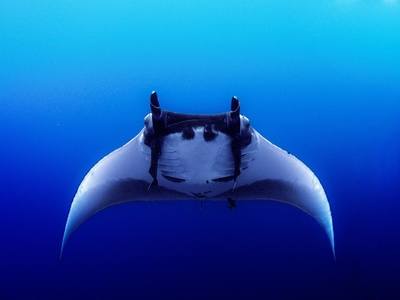
Giant Manta Ray
These gentle giants are famous in Micronesia’s dive spots. They are endangered due to being targeted for their gill plates, used in unproven traditional medicine, and from becoming entangled in fishing lines and ghost nets while feeding.
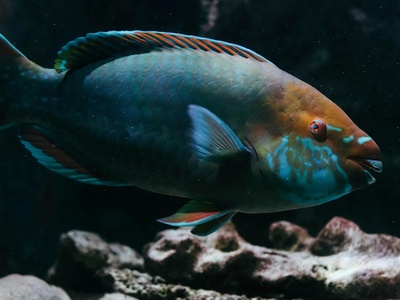
Bumphead Parrotfish
The world’s largest parrotfish is vital for reef health. Its habit of sleeping in large groups makes it an easy target for nighttime spearfishing, which has decimated populations. It is now protected in several Micronesian states.
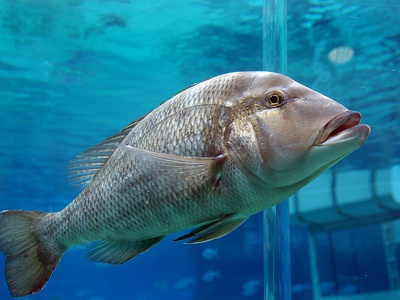
Giant Grouper
One of the largest bony fishes on coral reefs, the Giant Grouper is highly sought after, leading to severe overfishing. It is particularly vulnerable at spawning aggregation sites where large numbers gather to breed, making them easy targets.
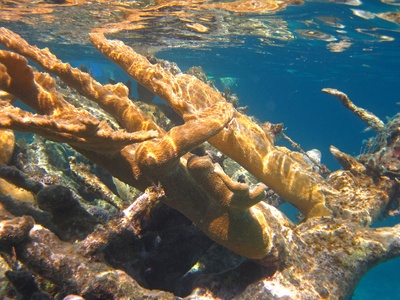
Elkhorn Coral
This once-dominant reef-building coral has suffered catastrophic declines of over 90%. It is critically endangered due to its high susceptibility to white-band disease, coral bleaching from rising sea temperatures, and physical damage from storms.
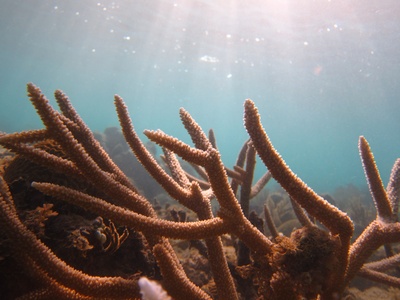
Staghorn Coral
A critical habitat-forming species, Staghorn Coral has experienced massive die-offs across its range. It is extremely vulnerable to disease, ocean warming that causes bleaching, and physical damage from anchors, making natural recovery very difficult.
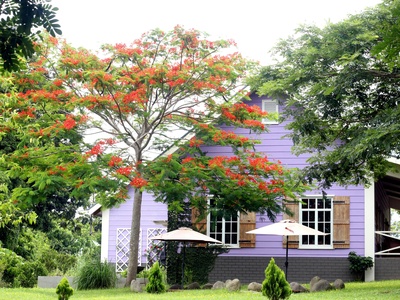
Fire Tree
Known locally as “Hayun Lågu,” this is one of the rarest trees in the Pacific, with only a handful of individuals left in the wild on Rota. It is critically endangered by insect pests, typhoon damage, and habitat destruction.
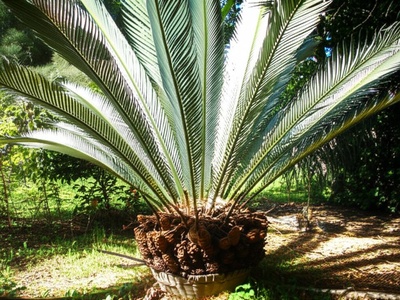
Micronesian Cycad
This ancient plant, a key part of island ecosystems, is endangered by an invasive armored scale insect that has caused massive mortality. The rapid decline threatens the species’ survival and the animals that depend on it.
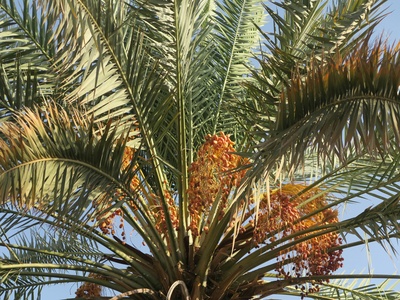
Ponapea Palm
This elegant palm tree is endemic to the upland forests of Pohnpei and faces an extremely high risk of extinction. Its population has been decimated by overharvesting for its edible heart and by habitat loss to agriculture.
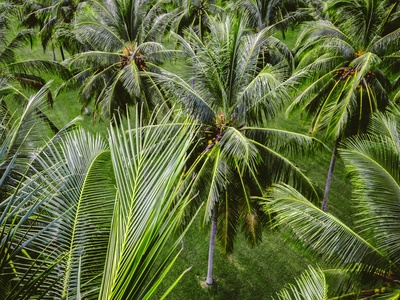
Pohnpei Mountain Palm
Also known as the “kedei” palm, this species is native only to the mountain cloud forests of Pohnpei. It is vulnerable due to its very restricted range and threats from forest clearing for sakau (kava) cultivation at higher elevations.
